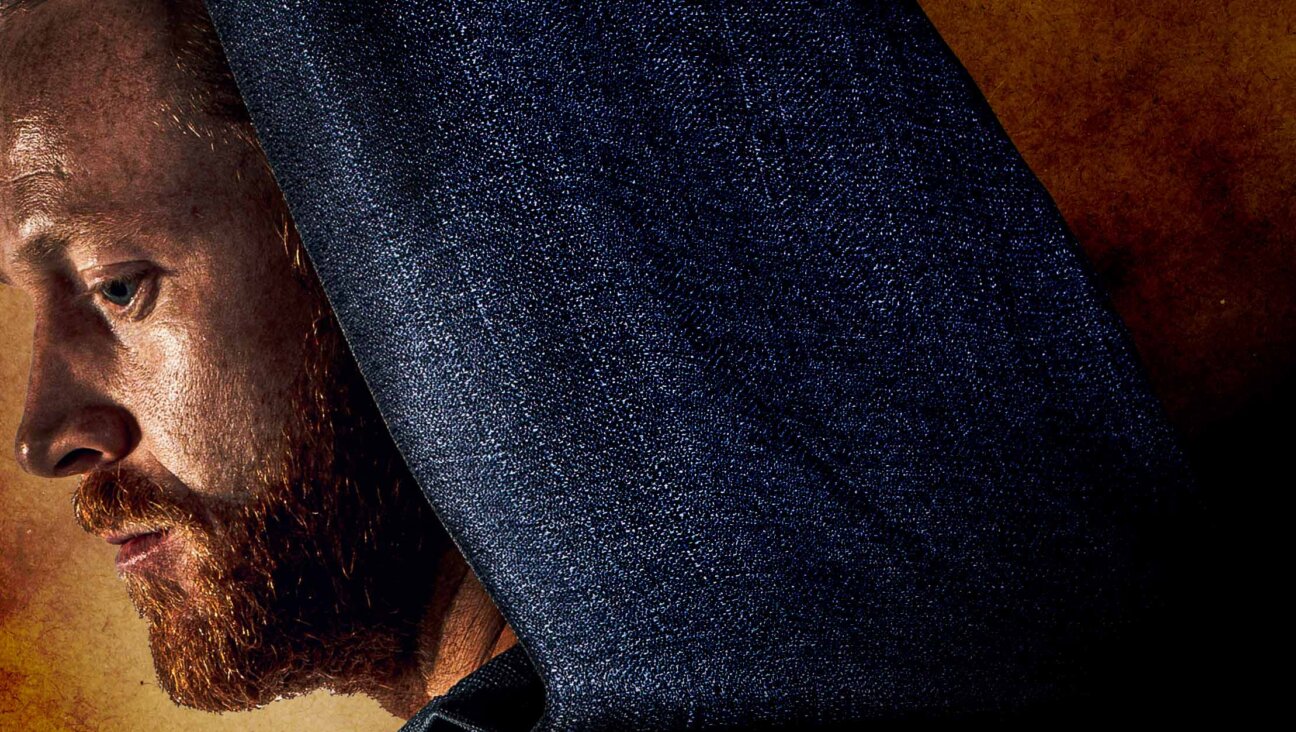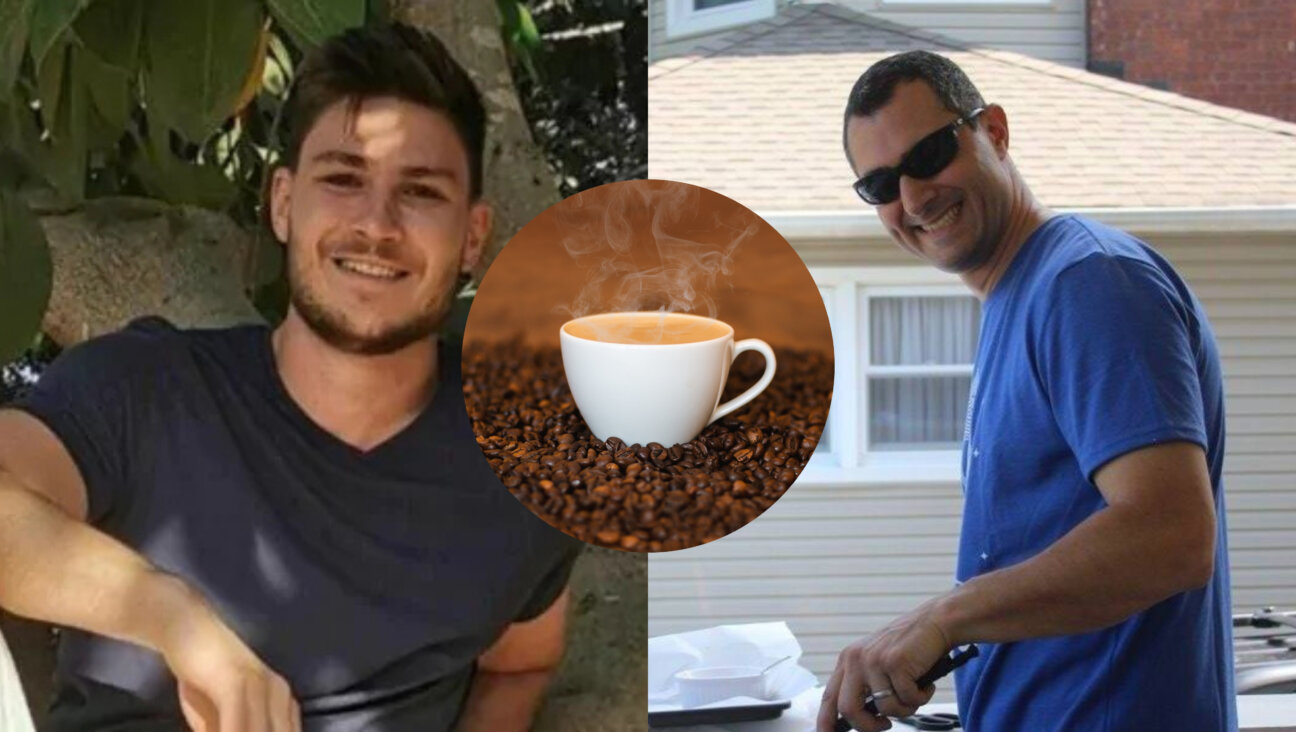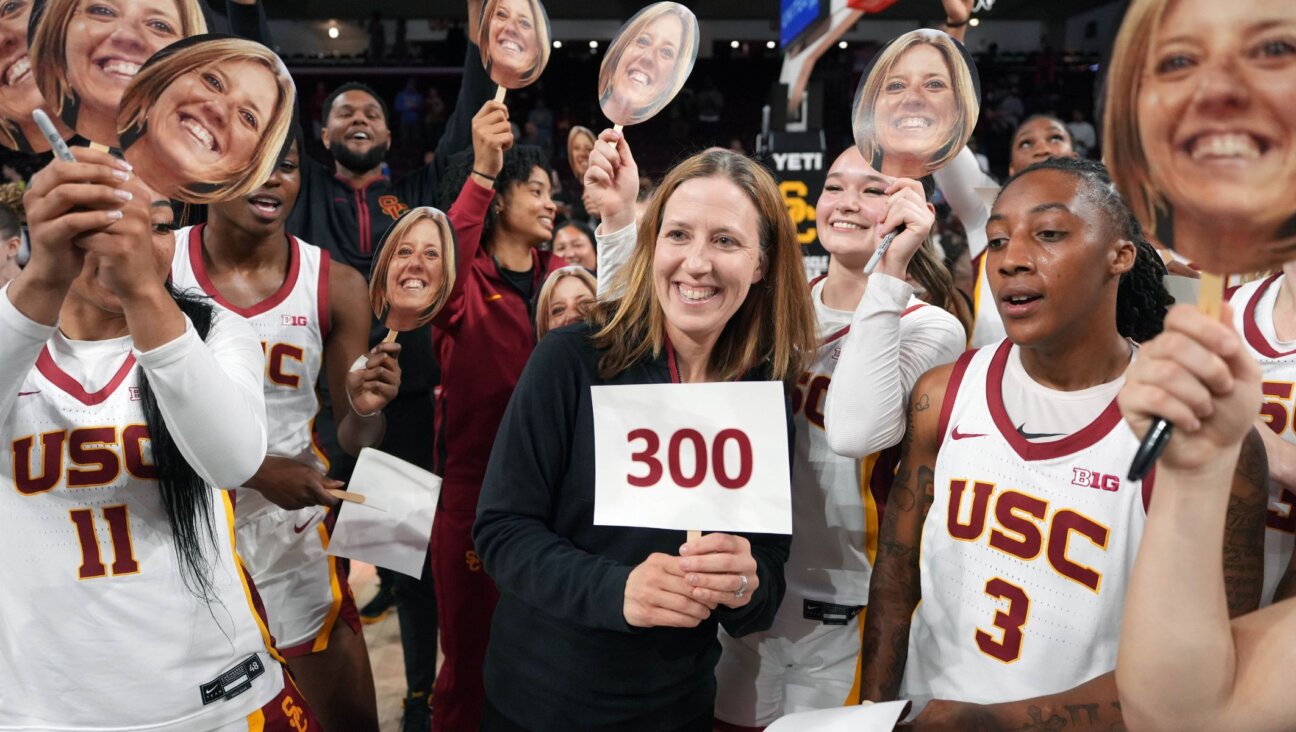A Buried Treasure, Unearthed by Chance
In 2000, Time Magazine asked its Israel photographer, David Rubinger, to help the magazine put together its “Century” issue, dedicated to great images of the 20th century. Rubinger — himself an Israel Prize-winning photojournalist, famed for his image of Israeli paratroopers at the Western Wall during the 1967 War — began working on the project. His editor recalled an image of David Ben-Gurion posing in a yoga-style headstand on the Tel Aviv beach; Rubinger remembered the photograph as well, though he couldn’t for the life of him remember who took it. As he began his research, he realized that this was something of a photojournalism mystery: Many of his colleagues remembered the photograph vividly, but none could recall the photographer nor where one might locate the negative.
Rubinger, now 81, started to think back, and he hit on something. “At the start of my career, one man was at the pinnacle of photojournalism, and that man was Paul Goldman,” he said recently in an interview with the Forward. “No one was greater than him.”
Paul Goldman was born in 1900 in Budapest. In 1940, after a difficult journey, he arrived in Palestine with his wife, Dina, and his camera. He was immediately sent to Atlit, a detention camp near Haifa, where he soon enlisted in the British army and was twice wounded during the clashes with Rommel’s forces in Tobruk, Libya. On his honorable discharge from the army, he began photographing the historic events unfolding before him. He eventually amassed an impressive archive, which, at the time of his death, numbered more than 40,000 images, taken in Israel between 1943 and 1965. He died in poverty, and unacknowledged, in 1986.
Rubinger also remembered that one Christmas Eve, when the borders between Jewish and Arab Jerusalem were opened, he had taken a photo of an 8-year-old girl who was using a Rolleiflex camera to photograph the Jordanian Legionnaires visiting in Israel. That girl was named
“Medina,” and Rubinger recalled that she wasGoldman’s young daughter. In fact, as Rubinger remembered, Goldman was with Ben-Gurion the night Goldman’s daughter was born — which also happened to be the night of the founding of the State of Israel — and Ben-Gurion advised the photographer to name his daughter “Medina,” Hebrew for “the state.” If the two were that close, Rubinger thought, perhaps Paul Goldman also took the famous image of Ben-Gurion’s headstand.
Rubinger sought out Medina Goldman, now in her 50s and living in Kfar Saba. In her kitchen alcove, he found the lost treasure: Goldman’s archive. Medina even found an old notebook with the index to Goldman’s original photos and negatives, with captions in Hungarian. Goldman’s wife, Dina, was able to read the language, and together they found the acclaimed headstand photo.
Several years later, Rubinger met Spencer Partrich, a real estate developer and art collector whose collection already included work by Edward Weston and Henri Cartier-Bresson. When Partrich — a native of Bloomfield Hills, Mich., who still recalls the Yiddish of his immigrant parents — heard about the Goldman archive, he immediately decided to purchase it. Along with photographer Shlomo Arad, who curated the 2004 Tel Aviv Museum exhibition of the archive, Rubinger and Partrich began preservation of the materials in the hopes of bringing them to the public’s attention once again.
Thanks to Goldman, we can observe a critical historical period for the Jewish people. Goldman’s photographic expression covers a diverse range of events, people and situations interwoven with the struggle for the founding of the State of Israel. With such a deep range of local imagery, curator and noted Israeli photojournalist Shlomo Arad said in an interview with the Forward that he believes “Goldman’s work creates a collective memory for the nation.” Everything that occurred in that newborn land can be found in Goldman’s images, exactly as he saw it through his sharp, artistic eye.
Chana Pollack is the photo archives director for the Forward. A similar retrospective of Goldman’s work appeared in the Yiddish Forverts two weeks ago.
A message from our CEO & publisher Rachel Fishman Feddersen

I hope you appreciated this article. Before you go, I’d like to ask you to please support the Forward’s award-winning, nonprofit journalism during this critical time.
At a time when other newsrooms are closing or cutting back, the Forward has removed its paywall and invested additional resources to report on the ground from Israel and around the U.S. on the impact of the war, rising antisemitism and polarized discourse.
Readers like you make it all possible. Support our work by becoming a Forward Member and connect with our journalism and your community.
— Rachel Fishman Feddersen, Publisher and CEO























